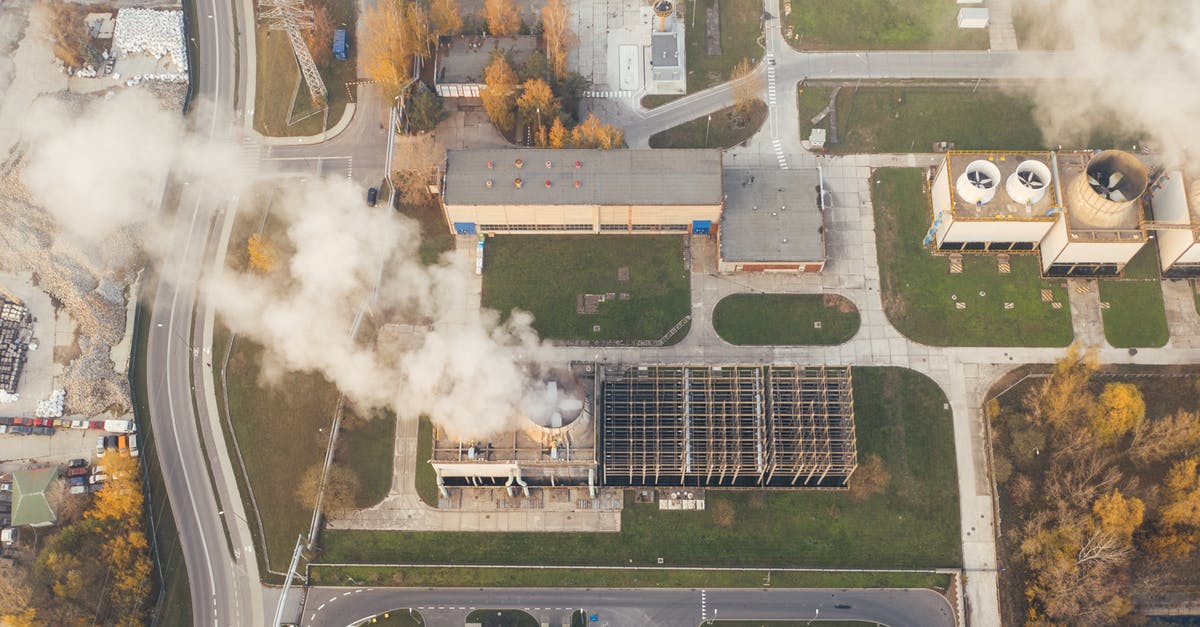How can you change the environmental factors to change the proportions of sourdough microbiological cultures?

How can you increase/decrease the proportions of lactobacili and yeast in a sourdough starter. For example, if I wanted a more acidic bread, increasing the lactobacili, or if I wanted a less acidic bread, then less of them.
Is this possible to control or will it always revert to a state that is preferable to it?
Best Answer
There are a variety of theories about what the most important factors are to control the sourness of a sourdough bread. Many times you will find conflicting evidence from different sources.
General Considerations
- Some starters are naturally more sour. Some organisms produce more tart flavors, while others produce buttery notes. Some combinations of yeast and bacteria work together and push the process toward acid production, while others compete for resources (Article 3, page 21-22) yielding less acid.
- Fermentation time counts. Anything you do to increase the amount of time it takes to complete bulk fermentation will likely increase sourness. Usually this is done by using a small amount of starter. You can also increase sourness by degassing the dough and letting it rise again.
- Flour type matters. The ash content of the flour contributes to buffering the acidity and extending the flavors of the end product. Higher ash content flours allow the microorganisms to keep working longer. In general, ash content is directly related to extraction rate. Also, some starters "like" certain flours better than others, this is especially true for whole wheat, rye, or other specialty grain flours.
- Fermentation temperature is tricky. I have read many sources that go on and on about temperature and sourdough. Some claim a lower temperature increases sourness, others claim that it decreases sourness. I tend to find that proofing in my fridge increases sourness somewhat, but also makes rising take an incredibly long time. According to some sources (page 22), many of the bacteria in sourdough thrive at temperatures between 85-105?F, while the yeasts thrive at 75-80?F. Strict control of temperatures within one of these "optimal" ranges can alter the mix of organic molecules produced by a given culture, but most home bakers do not have the equipment needed to maintain such specific temperature tolerances throughout bulk fermentation.
Articles
Tip
No matter whether you want it more sour or less sour, always start with an active culture. The microorganism milieu of your culture is dynamic. If you try to start a loaf with a starter that is only semi-awake your results will be unpredictable and unlikely to be replicable.
Pictures about "How can you change the environmental factors to change the proportions of sourdough microbiological cultures?"



How do you increase bacteria in a sourdough starter?
Rye flour will help to make your starter more sour. To boost your sourdough starter with rye flour, substitute half your normal flour with rye flour at each feeding for a few days and you should see a noticeable difference in your starter's activity level.What main groups of microbes can be found in a sourdough starter?
In the world of sourdough starters, the two most important microbes are yeasts and lactic acid bacteria.What causes fermentation in sourdough?
Flour naturally contains a variety of yeasts and bacteria. When wheat flour comes into contact with water, the naturally occurring enzyme amylase breaks down the starch into the sugars glucose and maltose, which sourdough's natural yeast can metabolize.What happens during sourdough fermentation?
Sourdough fermentation can be in the form of a firm dough or a liquid suspension of flour in water. The higher the water content, then the higher the production of lactic acid and the lower the production of acetic acid. It also makes the bacteria and yeast grow faster.The Microbiology of Your Sourdough Starter - Ask a Microbiologist
More answers regarding how can you change the environmental factors to change the proportions of sourdough microbiological cultures?
Answer 2
Since sourdough is a wild culture, I think you'll have a hard time controlling the acidity very precisely. Foods fermented with wild yeast or lactobacillus cultures are always subject to chance, and they tend to find their own equilibrium. That said, I did find this article that recommends regular, careful feeding of your starter as the best way to control the acidity.
So, if you wanted to get it more acidic, you might scientifically neglect to feed the starter for a few days and see what happens.
Sources: Stack Exchange - This article follows the attribution requirements of Stack Exchange and is licensed under CC BY-SA 3.0.
Images: Marcin Jozwiak, Karolina Grabowska, Karolina Grabowska, Karolina Grabowska
